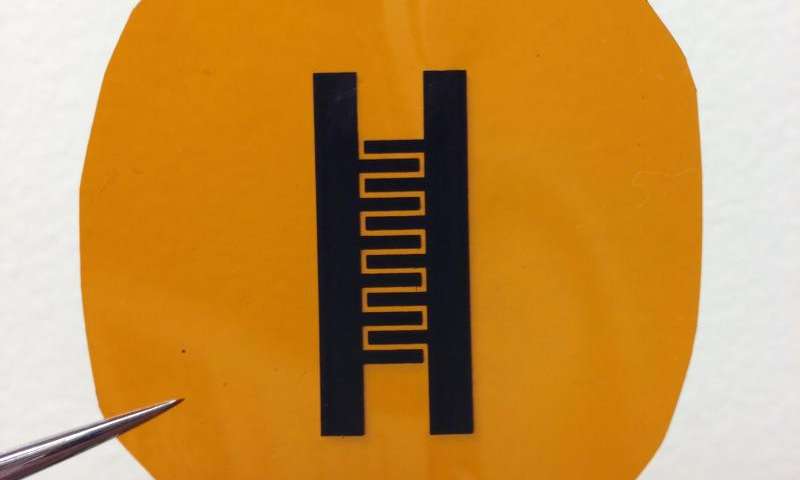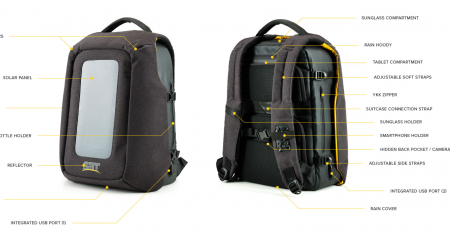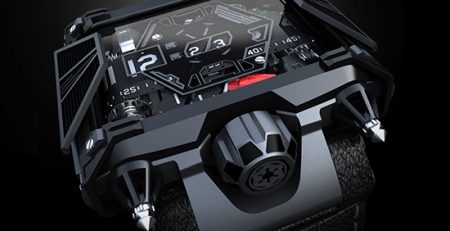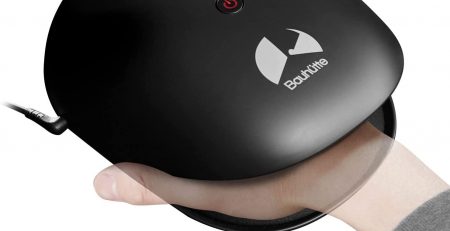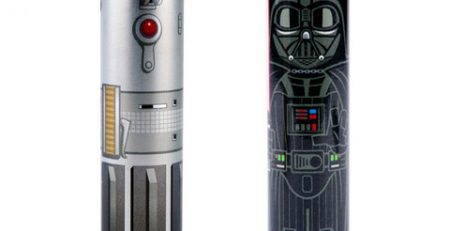Soon, We May Be Have Super Wearables Thanks to Boron-infused Graphene
In spite of all the flak that the Apple Watch has received – both before and after launch, it seems that the wearable just might change the landscape yet again. Remember the first iPhone? It had issues as well, especially because of the fact that it didn’t have apps the way we have them today. Who’s to say that the Apple Watch won’t set the standard for smartwatches in the future?
Then there are the other wearables like Fitbit which have been around way before the Apple Watch was released. There certainly is a market for this technology, and as can be expected, scientists are already looking at ways to improve wearables.
For sure, you’ve heard of the super material graphene, which is basically a thin layer of pure carbon. It makes for an efficient conductor, and if it can be applied to small devices, this niche will definitely level up.
Recent tests by scientists at Rice University resulted in a “microsupercapacitor”, which essentially can contain much more power than the batteries we have at present.
The “super” part comes from the process of creating these thin and flexible supercapacitors, which includes using a laser to burn patterns on a polymer where the graphene is embedded. By infusing the polymer with boron, thereby increasing the electrical charge capacity four times the normal.
So, for those who complain about battery life, this may very well be the solution. Unfortunately, this is a study at this point, so we might not see real-life applications in the near future. Unless Apple decides to buy the technology.

